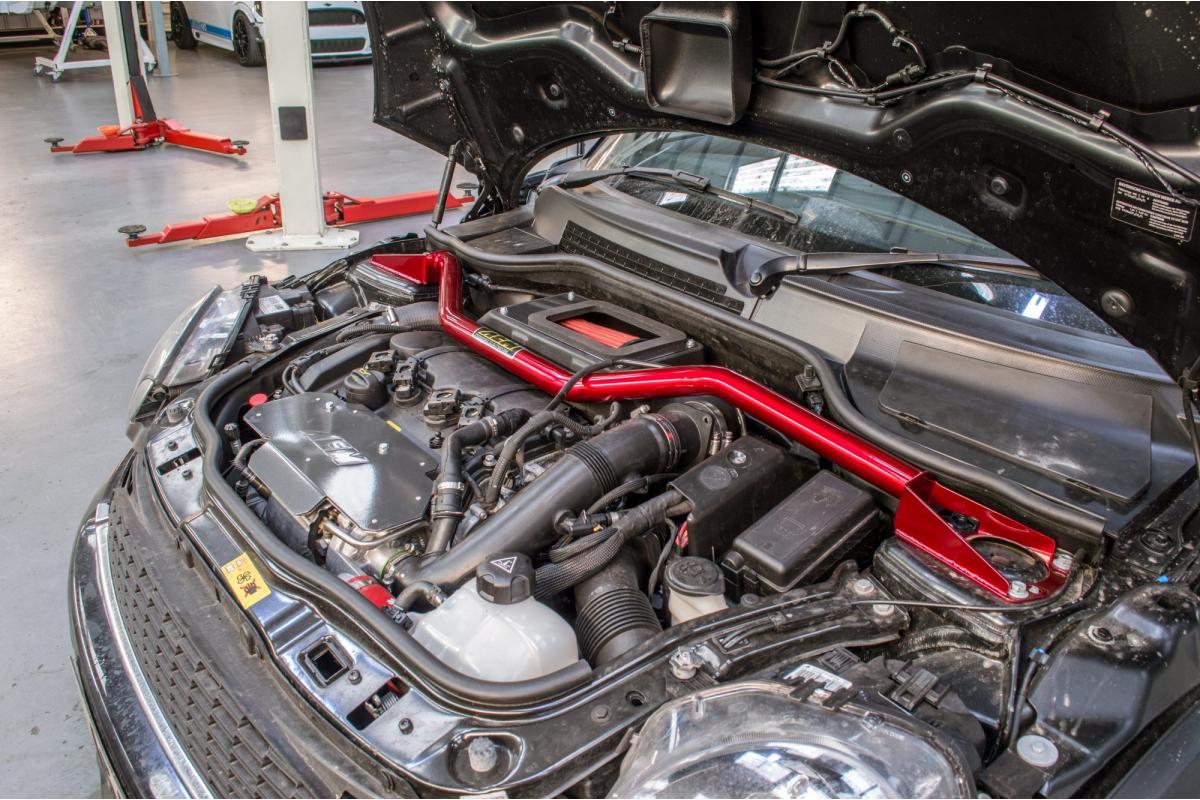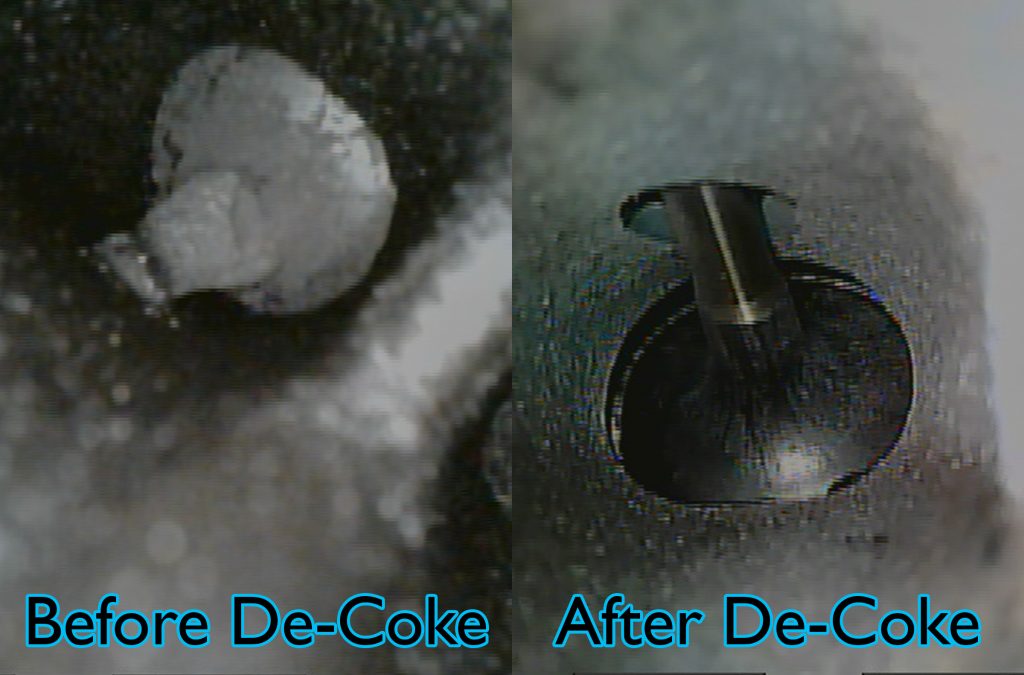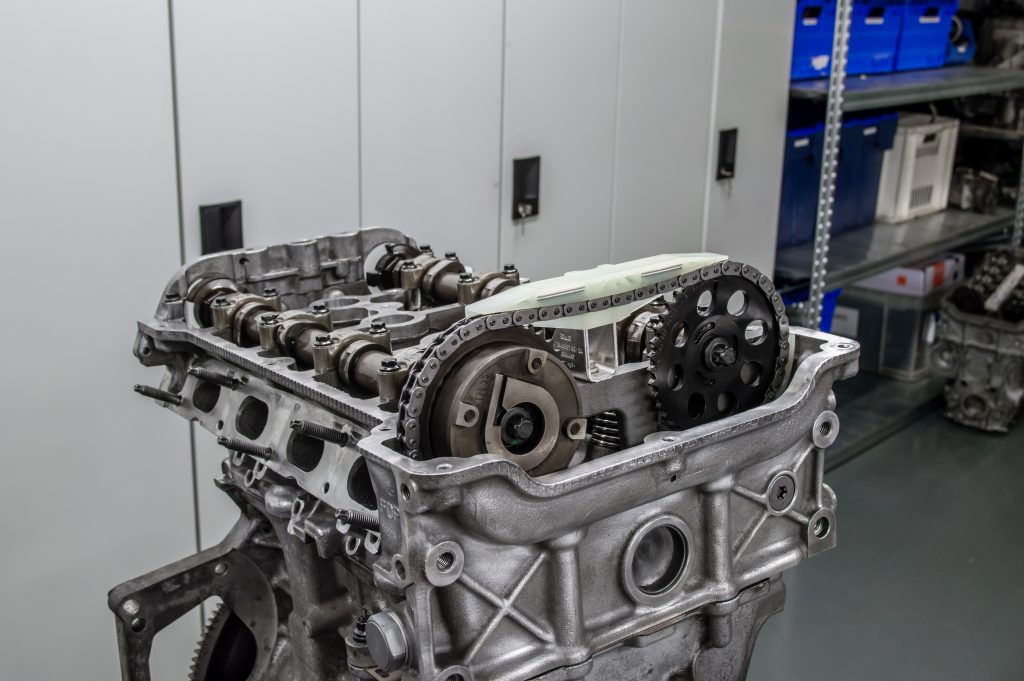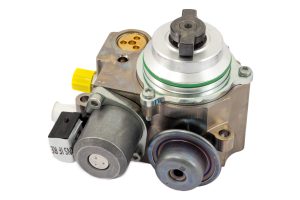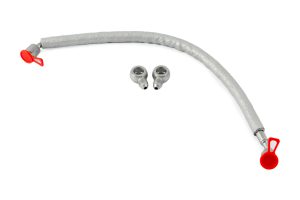The introduction of the turbo era in 2006 signalled a real change in direction for MINI’s forced-induction offerings and divided owners who originally had their feet firmly in the supercharged camp. Could anything ever surpass that supercharger whine? Would bolt-on mods have the same level of impact? What power would be achievable from this brand new unit?
Tuning aside, Lohen has seen increasing numbers of Gen 2 visit our workshop, certainly for performance upgrades but also for a range of necessary maintenance and repair work to keep the cars running as sweet as a nut. Much like the Gen 1’s, the N14 and N18 engines have their own foibles with particular areas to pay attention to.
The nature of the direct injection is such that coking has probably been our most significant maintenance job. It’s common to see cars with between 20-30,000 miles on the clock showing the telltale signs of coking fatigue and we’re performing this service regularly. It’s so common we now advise our customers to factor de-coking into their regular servicing intervals to keep their MINI Cooper S and JCW’s happy and healthy.
Still raced hard today in the MINI Challenge and tuned up to the antenna with a variety of performance upgrades, the Gen 2 has plenty to offer however here are a few keys issues we recommend you look out for with your MINI engine.
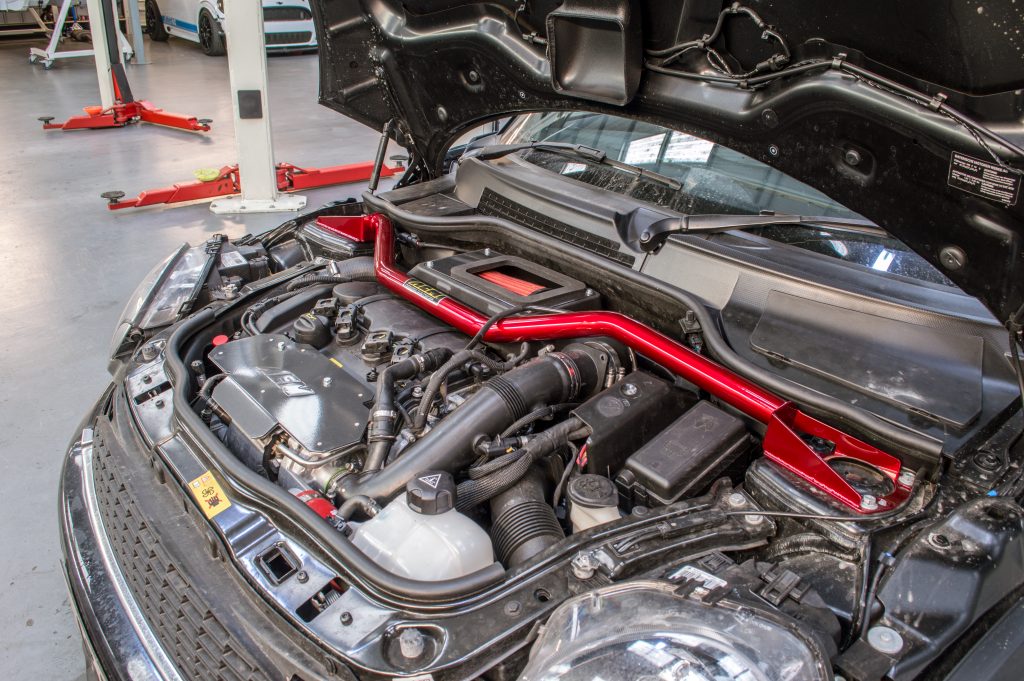
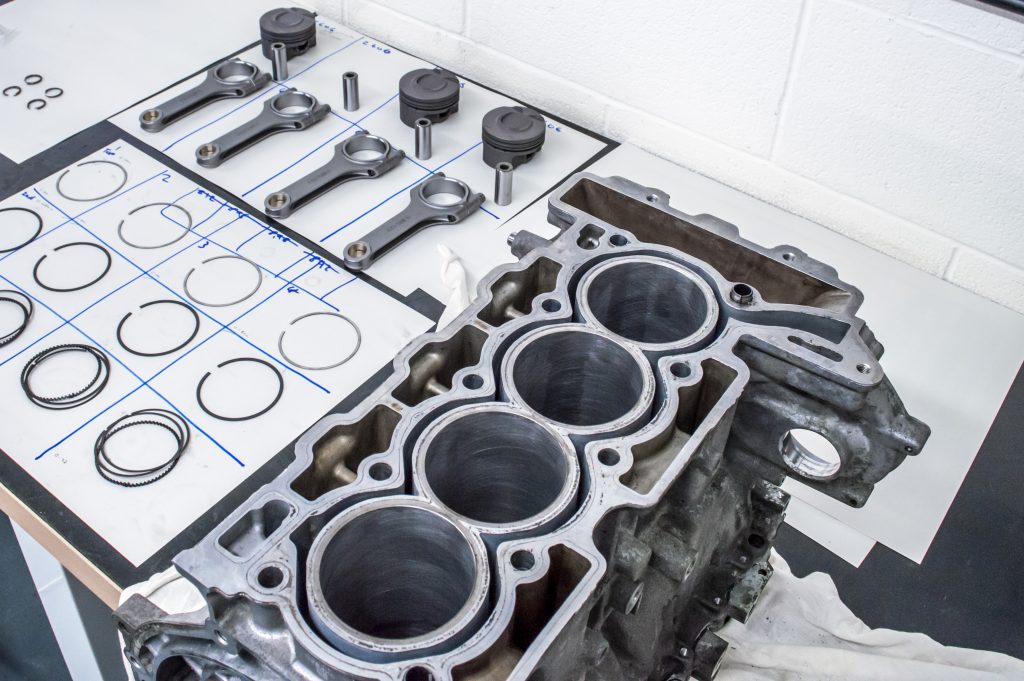
Coking of inlet valves
Inlet valve coking on N14-engine Gen 2 MINIs typically produces symptoms such as hesitation, loss of power and erratic idling. The issue can bring up engine management lights typically seeing codes for super knock – fuel shut off, however, it’s very important to note that this code can appear for a range of other problems so full diagnosis is always recommended. Your MINIs engine is essentially struggling to breathe due to the build-up of carbon around the inlet valves. Left untreated, the cars’ performance deteriorates and can lead to serious engine damage such as piston failure.
A Lohen De-Coke Service involves removing the inlet manifold to gain access to the inlet valves. Once accessed, very fine crushed walnut shells are blasted at the valves to gently remove carbon deposits from the inlet valves to restore performance then hoovered away to safely remove particles and residue.
The coking process can be reduced, de-coke service intervals minimised and the period of performance maintained for longer by correctly installing an oil catch can system such as the Mishimoto Baffled Catch Can.
Death Rattle
Chain tensioner failure is a common problem for the MINI R56 Cooper S and is characterised by a loud rattle that is particularly prominent from startup/cold. The issue affects the N14 engine found in the MINI R56 Cooper S between 2007 and 2009, plus JCW’s from 2008-2012. The issue is often rather ominously referred to as death rattle, where the car has a sound much like a diesel tractor rather than a small petrol engine it should.
The chain tensioner is inherently weak in the N14 engine. When the tensioner fails to apply sufficient tension to the chain, it is free to rattle around against the plastic chain guides and this is what can be heard at startup.
The reason the noise is most audible on cold start is due to the fact that the oil has not yet circulated around the engine. Once oil pressure has built up and the oil has had the chance to circulate the engine, the oil acts as a damper and reduces the level of audible noise. But don’t ignore the warning signs – the results could be catastrophic for your engine.
If your MINI has recently developed death rattle then the initial fix is to carry out an oil and filter change along with the latest tensioner from MINI. If this does not appear to fix the issue then the next step is to replace the chain and the guides. The reason for this is that over time, due to the lack of tension, the chain stretches meaning that even when under the correct amount of tension, the cold start rattle can still be heard.
High Pressure Fuel Pump (HPFP)
Across both N14 and N18 engines found on the generation 2 MINI there have been a notable number of HPFP failures. The failure often starts as an intermittent loss of power and progresses to poor starting and loss of performance because fuel cannot be delivered. An engine management light will often be flagged with this fault.
Weeping Rocker Cover
Generation 2 cars with the N14 engine can suffer from rocker cover gasket failure characterised by oil seeping around the spark plug area and rocker cover edges.
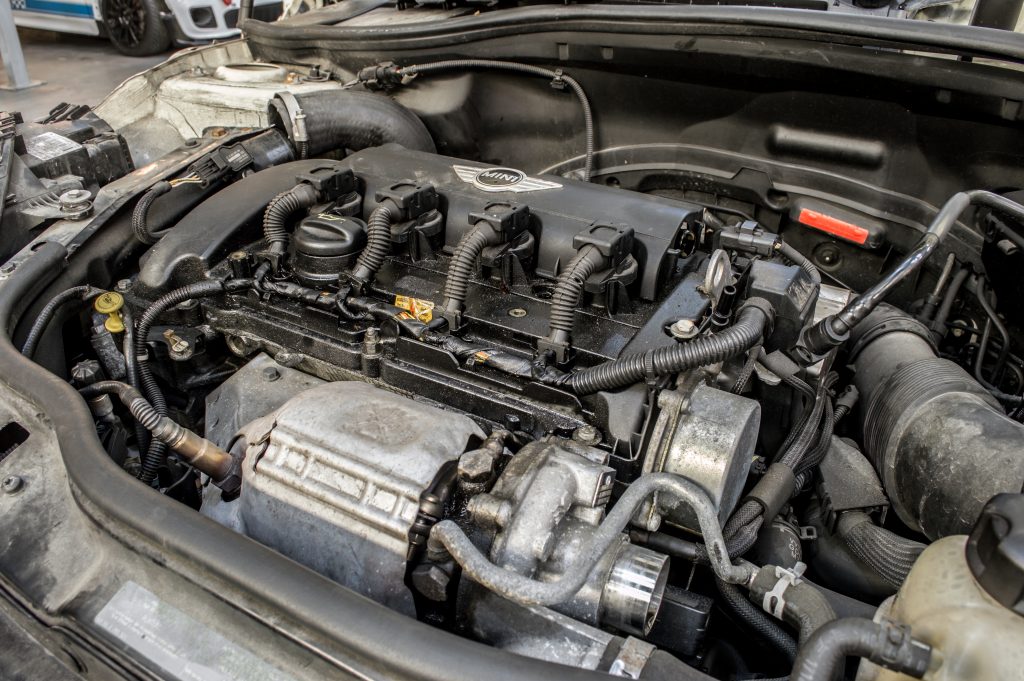
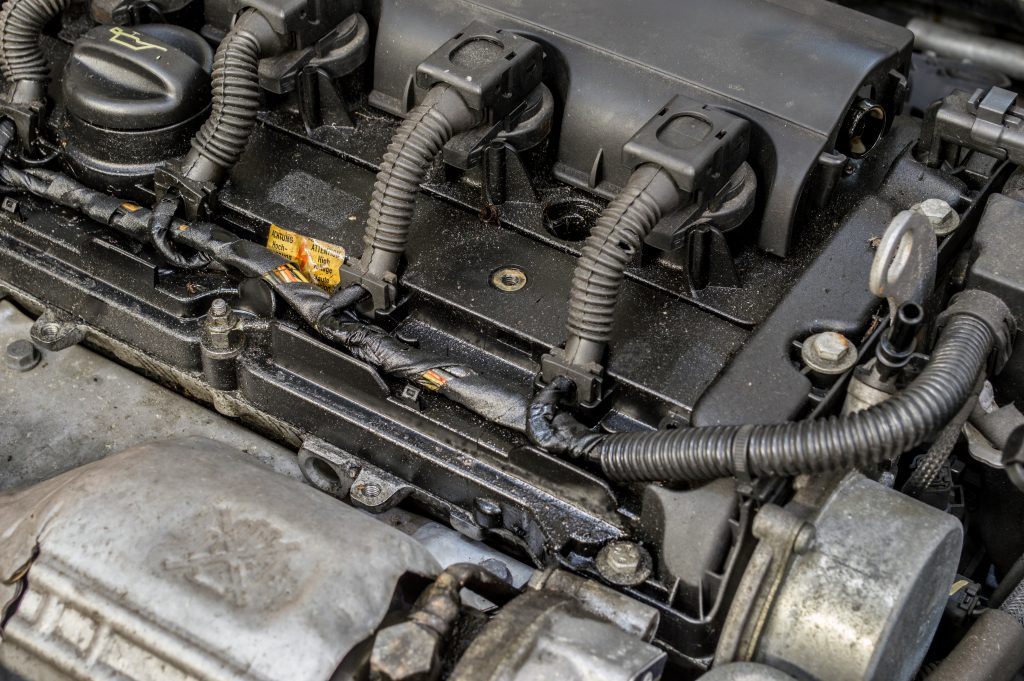
Bypass Valve
The standard bypass valve is plastic that has a delicate diaphragm that can become pinched. When it pinches the diaphragm a loss of boost and performance can be experienced.
Dipstick
Dipsticks are an important part of your MINIs running and can easily be overlooked. The plastic tip on the MINIs dipstick can become difficult to read from discolouration and brittle over time, occasionally snapping into the sump. If the dipstick does break it is essential that the parts are retrieved immediately because failure to do this can lead to serious engine damage. Alternative metal spring dipsticks are available from CravenSpeed. These follow the contours of the dipstick tube much freer and do not degrade and become brittle and allow for an accurate oil level reading.
Turbo Oil Feed Pipe
Two issues can present with the MINI’s oil feed pipe; leaks and coking. We often see turbo oil feed pipes weeping oil from connection points. Loss of oil from any engine component is never positive and is unsightly. Furthermore, with high mileage cars, the turbo oil feed pipe can become coked up. This reduces the amount of oil flowing to the turbo, which reduces lubrication and can lead to turbo failure. As they say, prevention is better than cure, so it’s worth considering a change of this pipe as replacing a turbo in an altogether more expensive job!

